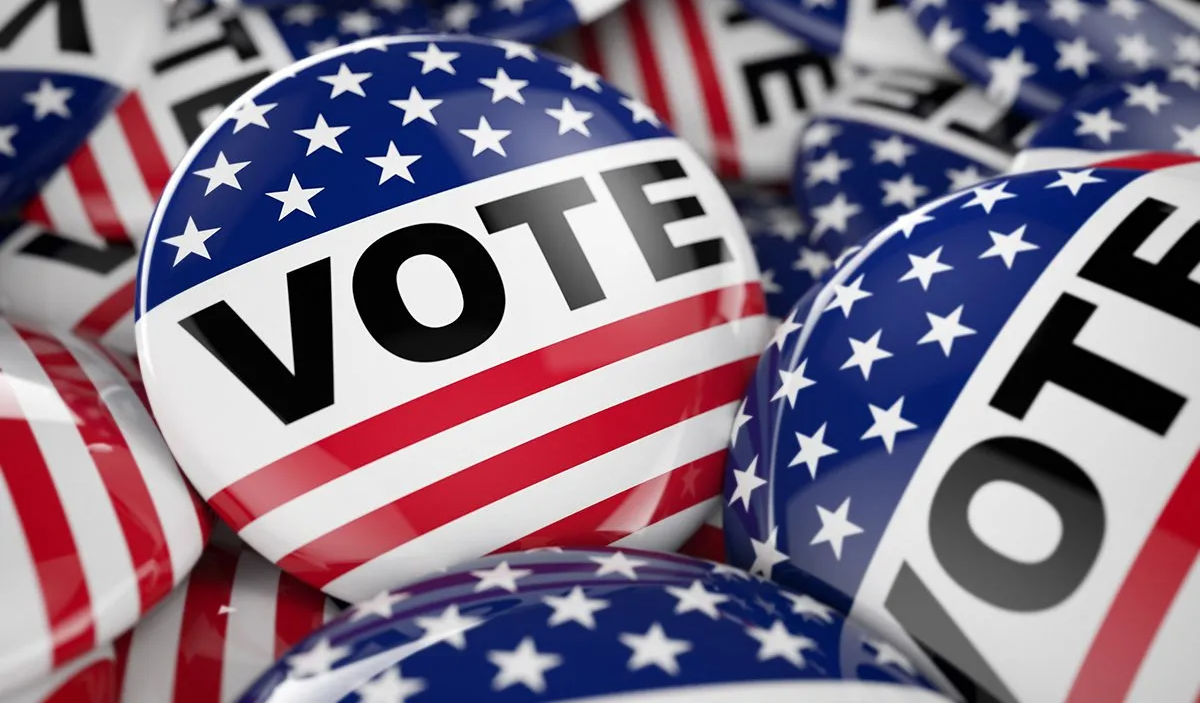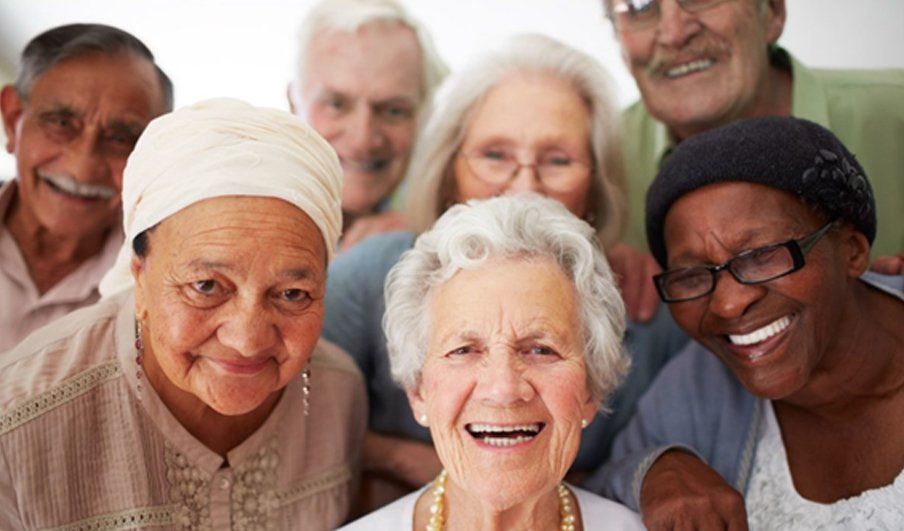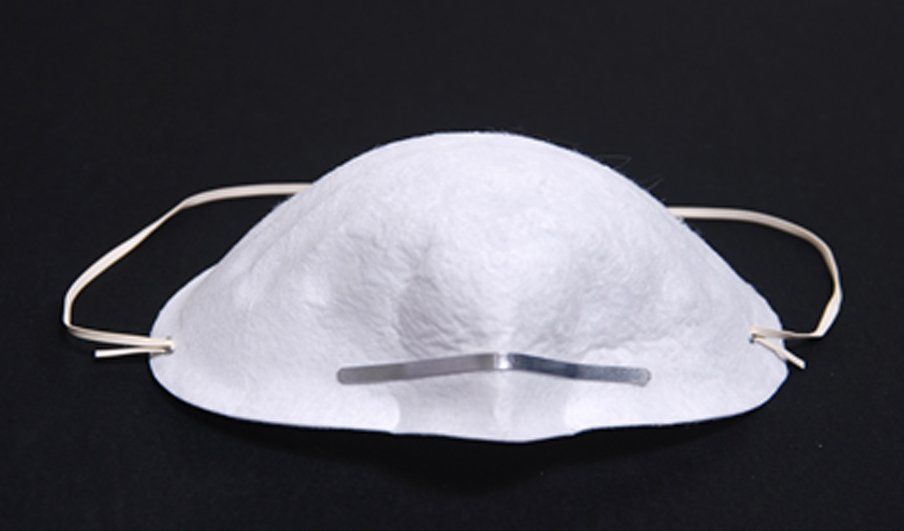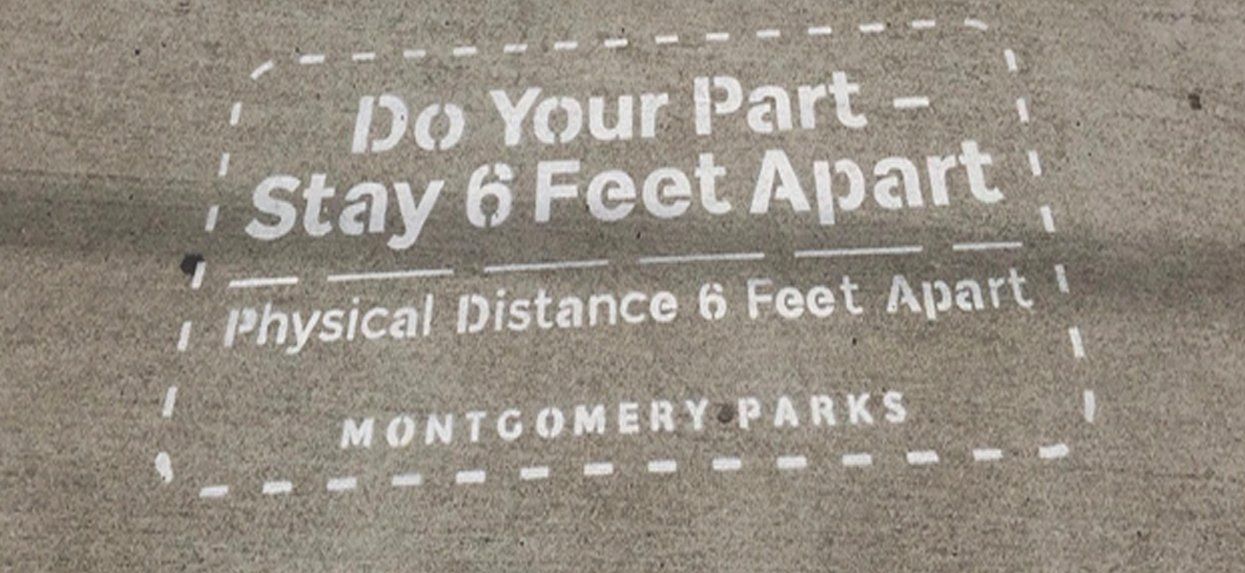Plan to Vote

There’s no mistaking that the election this November is one of the most important of our lifetimes.
Voting is equality in motion. Voting is a right, and so many were denied this right and died for us to have this right. So, for African Americans, voting is not about each of us individually, but for our ancestors and future generations.
And during a worldwide pandemic, it’s crucial to have a plan for how you will safely vote.
Vote by Mail: The safest way to vote is by mail. You have until October 27, 2020 to request your ballot. Everyone should have received the paper form in the mail to request your ballot. If you plan to vote by mail in this election, please complete the FORM received in the mail requesting your mail-in ballot. Apply NOW--requesting a ballot ahead of time will ensure your ballot is sent to your current address.
There are two ways you can vote in the November 3 election: by mail or in person. Make sure you are registered to vote and request your mail-in ballot. If you have a MD license or ID card, you can request a mail-in ballot or register to vote online
https://voterservices.elections.maryland.gov/onlinevoterregistration/instructionsstep1
You can also go in person to the local Board of Elections office to request your ballot. Remember to wear a mask and practice social distancing. Find the closest office near you here: https://elections.maryland.gov/about/county boards.html
If you are opting to mail-in your ballot, please give yourself ample time to return it. Regrettably, the President is trying to cut resources to the US Post Office to cause delays. VOTE EARLY.
There is NO difference between an Absentee Ballot and a Mail-in Ballot.
NOTE: Mail-in ballot requests must be received by the Board of Elections by October 20.
Once your ballot arrives in the mail, you can drop your completed ballot at your local board of elections, a designated ballot drop-off box, in the mail using free postage or at an early voting center or polling place. Any ballot submitted by mail must be postmarked by Election Day, November 3rd.
For those of you who take pride in exercising your right to vote and want to personally "pull the lever" or "fill out the bubble" next to your candidate's name, PLEASE consider voting in-person during the "Early Voting" period from October 26 through November 2.
Remember, early voting polling places may be different than your normal general voting location!
Elections are essential to our democracy and this election is too important to leave to chance. By just planning ahead, we can all do our responsibility to help secure our democracy and keep ourselves, friends and neighbors safe.
Please feel free to contact your local board of election directly with any questions/concerns!
Remember it is your civic duty to vote.
Must Read Newsletter
Sign up for news and events
Newsletter
Most Popular





